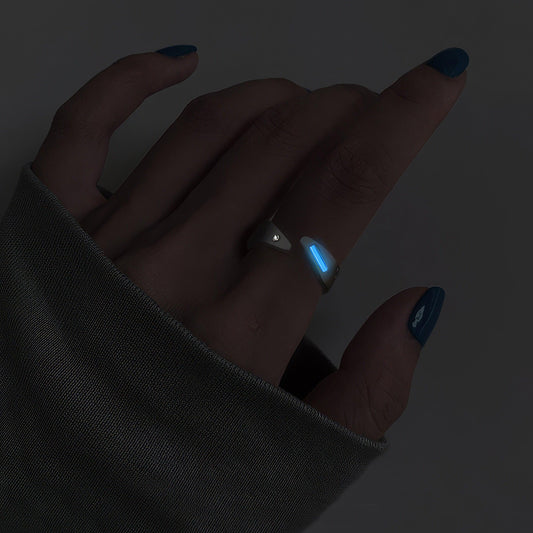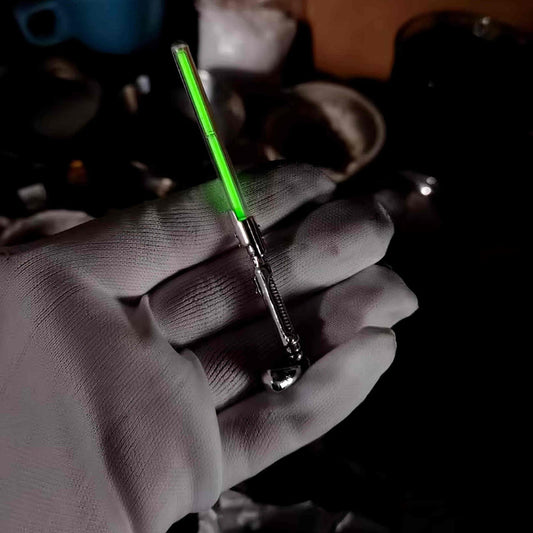Diamond Testers and Lab-Grown Gems A Sparkling Misunderstanding
Diamond Testers and Lab-Grown Gems A Sparkling Misunderstanding
In my younger days, when I'd saved up just enough to consider buying a piece of real jewelry, I still remember the light-hearted panic that would seize me whenever I stepped foot into a jeweler's store. There was this constant worry about whether I was getting what I paid for or if I was about to be swindled into buying something less than authentic. I suspect anyone who's ever considered buying a diamond has felt this way. The rise of lab-grown diamonds has only added another layer of complexity to this experience, especially given the role of diamond testers in distinguishing between natural and synthetic gems.
Lab-grown diamonds are not the imposters some might think. They're chemically identical to natural diamonds but created in a controlled lab environment. I remember the first time I learned this; I was having coffee with a friend who works as a jeweler. Over our lattes, she explained with a mix of awe and practicality how these diamonds are grown using methods like High Pressure High Temperature (HPHT) or Chemical Vapor Deposition (CVD). The science behind it all was fascinating, like something out of a science fiction novel, yet the result is a diamond no less real than its natural counterpart.
Where the confusion occurs is with the use of diamond testers. Many of these devices are designed to measure the thermal or electrical conductivity of the stone, properties that are shared by both mined and lab-grown diamonds. A simple tester is likely to indicate that a lab-grown diamond is real, because—here's the kicker—it is. However, this can perplex consumers who believe that a positive test result guarantees a stone is naturally mined.
My friend, nearing the end of our caffeine chat, noted that the key differences lie not in the gems themselves but in marketing and personal values. For instance, lab-grown stones appeal to those conscious of ethical sourcing and environmental impact—a topic she and I could discuss for hours, given our shared interest in sustainability. In contrast, those who favor natural diamonds might be drawn to the romanticism of their ancient origin, a relic of Earth's geological history.
There's also an element of personal preference when it comes to the emotional weight of jewelry. I think back to the time my grandmother gave me her engagement ring, an heirloom with a tiny, but stunning diamond. Its history and the stories it carried meant more to me than the size or origin of the stone. Similarly, whether a diamond is lab-grown or mined might not matter as much as what it represents to the wearer.
Navigating the modern jewelry landscape requires a bit of homework and a dash of skepticism. But ultimately, whether you're swayed by the allure of a mined gemstone or the innovation of a lab-crafted one, the choice should be driven by what feels right to you. Because at the end of the day, it's not just about the diamond itself—it's the story you choose to tell with it.



























